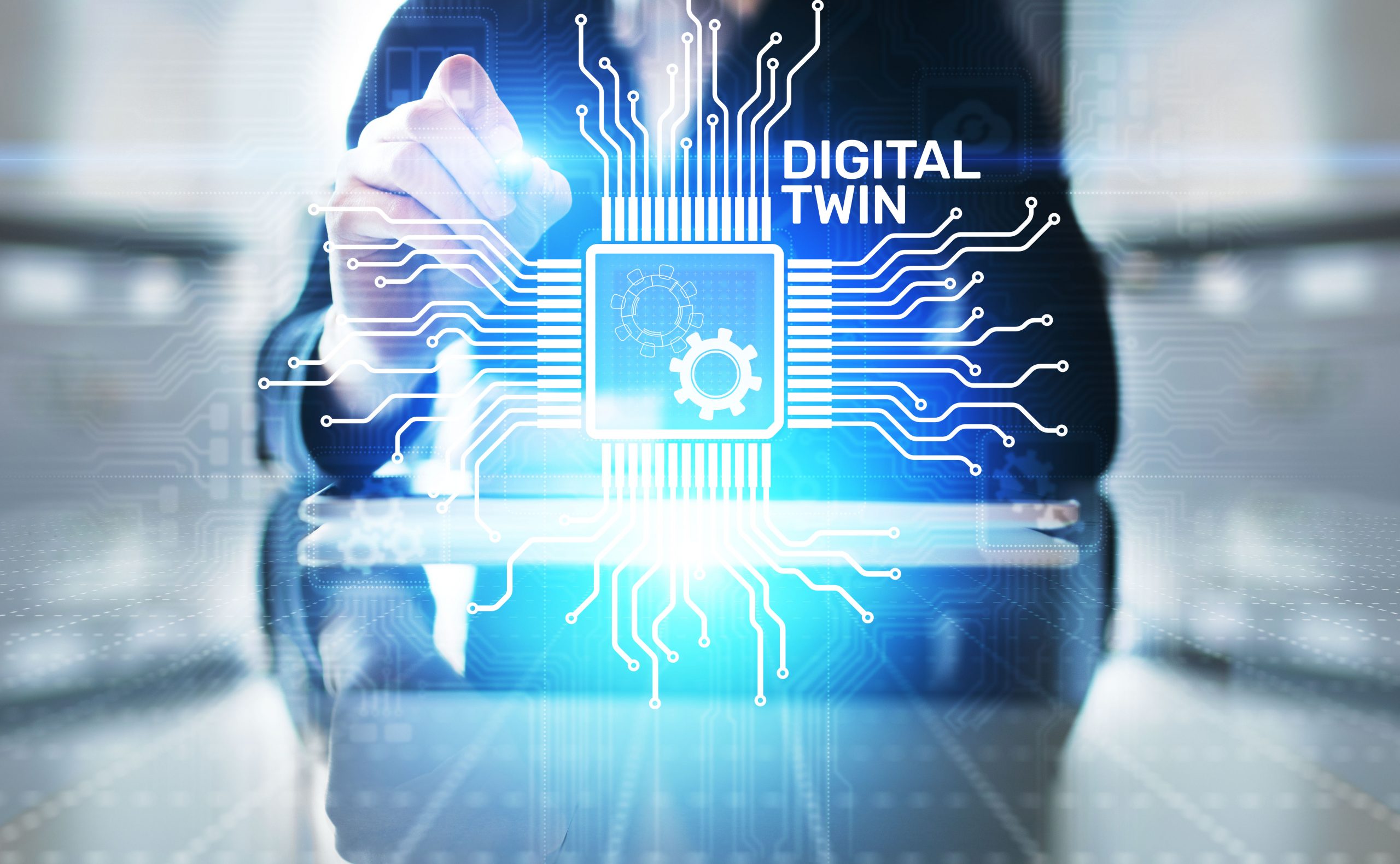In the dynamic world of education, Artificial Intelligence (AI) and Machine Learning (ML) are not just revolutionizing, but truly redefining the way we understand and cater to students’ unique learning needs. These ground-breaking technologies are transforming the educational landscape to the advantage of all stakeholders, including parents and teachers. AI and ML offer unparalleled insights into the learning process, empowering students and educators to track progress, develop personalized student learning pathways, and gain invaluable insights through continuous assessment. This remarkable progress in education technology is a testament to the immense potential of AI and ML in shaping the future of education for the betterment of all involved.
From AI-powered assessment tools to adaptive learning management systems (LMS), educational institutions now possess the remarkable capability to customize educational experiences to each student’s learning style and level, supporting their learning journey. The true potential of AI and ML, however, goes beyond customization; it lies in the technology’s capacity to identify students who require additional support at an early stage. This breakthrough in educational technology is a boon for all stakeholders in the education system, including parents and teachers, as it ensures that every student receives the necessary attention and assistance to excel in their academic journey.
Data-Driven Insights for Educators and Administrators: Empowering Decision-Making
The exponential growth in data processing and interpretation capabilities offered by AI and ML empowers educators and administrators to make data-driven decisions and optimize educational practices. These technologies provide comprehensive insights into student performance, allowing educators to identify areas that require improvement and create tailored interventions.
For instance, teachers can leverage AI-powered platforms to communicate with parents, providing them with real-time updates on their child’s progress. This facilitates early intervention in case of absences or suboptimal scores. Additionally, administrators can gain a network-wide overview of performance across schools, using tools like Amazon QuickSight, identifying both successes and challenges.
Promoting Mental and Emotional Wellbeing: AI and ML to the Rescue
Recognizing the importance of students’ mental and emotional well-being, educational institutions are turning to AI and ML to support their psychological needs. Students often hesitate to utilize university-led mental and emotional health services, making it crucial to build trust and provide discreet avenues for assistance.
By developing interactive tools accessible from smartphones, educational institutions empower students to reduce stress, enhance focus, and improve their mood independently. Studies have highlighted the significant psychological distress experienced by university students. These AI and ML-driven tools enable students to confidentially report their daily moods, productivity levels, and struggles with anxiety and procrastination.
Addressing another critical issue affecting student wellbeing worldwide, online bullying, AI and ML solutions can play a vital role. Online bullying can have severe consequences, impacting concentration, self-esteem, academic performance, and even leading to self-harm. Educational institutions can utilize these technologies to identify and address instances of bullying promptly, fostering a safe and nurturing environment for students.
Early Intervention for Struggling Students: A Game-Changer
Traditional methods of identifying students at risk of failure or dropping out relied on prior performance warning systems, which often fell short in providing a comprehensive understanding of students’ knowledge improvement areas. Many EdTechs are pioneering in AI and ML to offer earlier interventions to students in need. UAE-based Alef Education’s intelligent learning platform alerts educators about students who need support using a hybrid assessment and intervention mechanism consisting of adaptive diagnostic tests and a final exam prediction model. The diagnostic test questions begin at randomized difficulty levels and adjust in real-time to reveal students’ knowledge across multiple expertise areas and grade levels, setting aside assumptions about a student’s skill, grade, and language levels.
After moving the platform to the cloud using tools such as AWS Educate, CloudFront, and RedShift, Alef Education creates a seamless experience for students and processes enormous data sets that reveal nuances about each student’s abilities.
More insights can be gleaned from student feedback about the questions themselves: the platform designed a user feedback mechanism using item response theory (IRT) where ratings about question difficulty can reveal patterns. Alef Education’s AI-powered prediction model tracks data, including user activity, completed courses, and feedback to identify students at risk of failing so that educators can intervene early and help them get back on track.
Balancing Innovation and Empathy
It is crucial, however, to recognize that these technologies are not meant to replace human interaction, empathy, and support. Instead, they serve as invaluable tools that enable educators to deliver timely and targeted interventions, paving the way for a more equitable and inclusive educational system. As we continue investing in and innovating with AI and ML, the possibilities for their application in education are boundless. We can eagerly anticipate a future where every student, parent, and teacher reaps the benefits of these technologies, ensuring that each student receives the support they need to flourish.










Discussion about this post